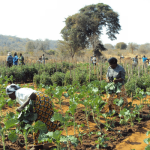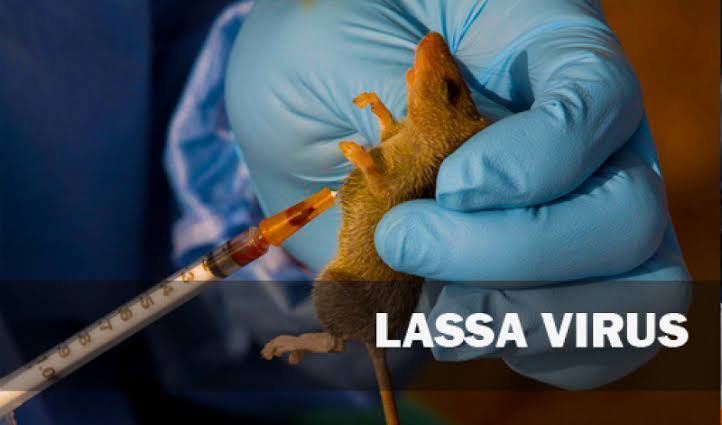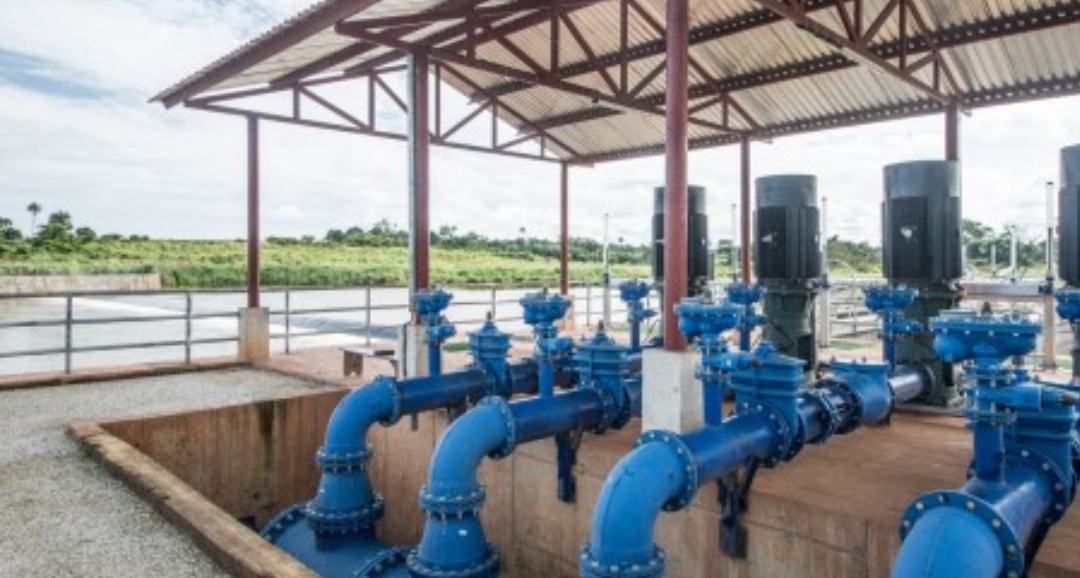The Nigeria Centre for Disease Control and Prevention (NCDC) has reported 674 confirmed cases of Lassa fever out of 4,025 suspected cases across 18 states and 93 local government areas from January to April 6, 2025.
According to the NCDC’s latest situation report, 127 deaths have been recorded with a Case Fatality Rate (CFR) of 18.8 per cent.
The states with the highest number of reported deaths are Taraba (31), Ondo (26) and Edo (17).
Other states with reported deaths include Bauchi, Ebonyi, Kogi, Plateau, Gombe, Benue, Nasarawa, Kaduna, Enugu, Delta, Cross-River, and Ogun.
However, the NCDC noted that the number of suspected cases has decreased compared to the same period in 2024, but noted that the case fatality rate remains high at 18.8 percent.
“In week 14, the number of new confirmed cases increased from 14 in week 13, of 2025 to 15. These were reported in Ondo, Bauchi, Edo, Taraba, Ebonyi, and Gombe States. Cumulatively in week 14, 2025, 127 deaths have been reported with a CFR of 18.8 per cent, which is higher than the CFR for the same period in 2024 (18.5 per cent).
“In total for 2025, 18 States have recorded at least one confirmed case across 93 LGAS. 71 per cent of all confirmed Lassa fever cases were reported from these three states (Ondo, Bauchi and Edo), while 28 per cent were reported from 15 states with confirmed Lassa fever cases. Of the 71 per cent confirmed cases, Ondo reported 30 per cent, Bauchi 25 per cent, and Edo 16 per cent.
“The predominant age group affected is 21-30 years (Range: 1 to 94 years, Median Age: 30 years). The male-to-female ratio for confirmed cases is 1:0.8,” the report said.
The agency said it has activated the National Lassa fever multi-partner, multi-sectoral Incident Management System to coordinate response activities.
Lassa fever is an acute viral haemorrhagic fever caused by the Lassa virus, with the multimammate rat serving as the natural reservoir.
The NCDC urged citizens to take precautions to prevent the spread of the disease. It added that it will continue to monitor the situation and work with relevant stakeholders to contain the outbreak.












